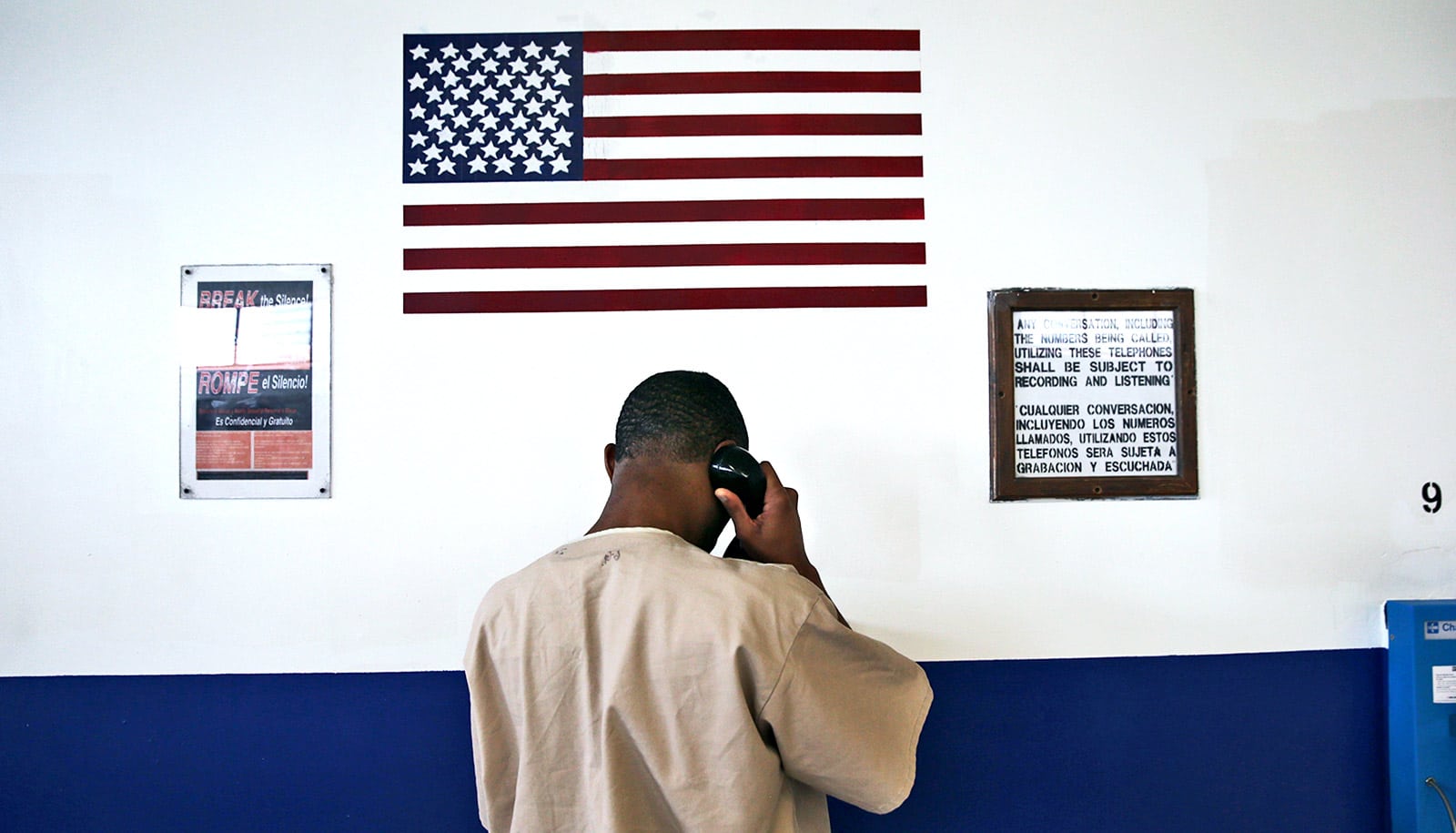The risk assessment tools decision makers in the criminal justice system use to help determine the fate of people accused or convicted of crimes can have problems that reinforce bias.
Robert Werth, a senior lecturer in sociology in Rice University’s School of Social Sciences, reviewed research on various methods for assessing risk among accused or convicted criminals. The research appears in Sociology Compass.
Actuarial and algorithmic instruments are among the tools used to assess these risks, along with the professional judgment of personnel such as parole officers, correctional officers, and psychiatrists. Werth says that actuarial risk assessments can reduce discrepancies in how the system assesses and treats individuals. But he says they can also exacerbate existing inequalities, particularly on the basis of socioeconomic status or race.
“These tools make calculations of risk based on what other people have done, which ultimately determine an individual’s punishment or freedom,” Werth says.
“These results are usually based on arrest, rather than conviction. Previous literature has shown that some neighborhoods, especially poorer, urban communities with higher number of minorities, tend to be policed more extensively. That inevitably leads to higher arrest rates for individuals living in these areas. This can, and will, skew risk assessment scores to more harshly assess and punish individuals who are of lower socioeconomic position and who are racial minorities.”
What is actuarial science?
Actuarial science, the calculation and management of risk and uncertainty, was developed in the 18th century as a way to increase profit and minimize risk for commercial ventures. In the 1920s, it made its way into the penal system with criminal offender risk assessments. In the 1970s and beyond, the use of actuarial risk assessment in criminal justice began expanding, and it has proliferated in recent years.
Today it guides an array of criminal justice decisions, such as participation in diversion programs, the delivery of correctional services, and probation and parole case plans. It also informs a growing number of decisions on pretrial detention and criminal sentencing.
“The bulk of existing research doesn’t necessarily suggest abandoning the use of actuarial risk assessments, but it does give us reasons for caution…”
Werth says previous research about actuarial risk assessment raises important questions about its constitutionality and ethics. “These calculations can ultimately lead to people being punished for what they might do rather than what they have actually done, which would seem to violate our standard conception of due process,” he says.
Werth cautions against rushing into actuarial risk assessment in criminal justice, noting that while it may help reduce inconsistencies within a particular location, it can also lead to certain people being targeted more often.
Imperfect science
“Proponents argue that it is a objective, scientific, and transparent way of reducing discrepancies in the system,” he says.
“However, there are numerous reasons to be cautious and concerned about their potential for negative impacts. First and foremost, research shows that they may reproduce class-based and race-based inequalities. Further, some of the available assessment tools use proprietary algorithms developed by for-profit companies, which raise questions of transparency and fairness.”
Werth stressed that risk assessment—whether a computer or a human conducts it—is not a perfect science.
“The bulk of existing research doesn’t necessarily suggest abandoning the use of actuarial risk assessments, but it does give us reasons for caution,” he says.
“Before rushing to adopt or use these tools, we need to have conversations about their problems and weaknesses.”
Werth says that more research is needed on how actuarial risk assessments are impacting incarceration and punishment rates, and whether or not they are facilitating what’s known as “net widening”—increasing the overall number of people enmeshed in the criminal justice system.
Source: Rice University


